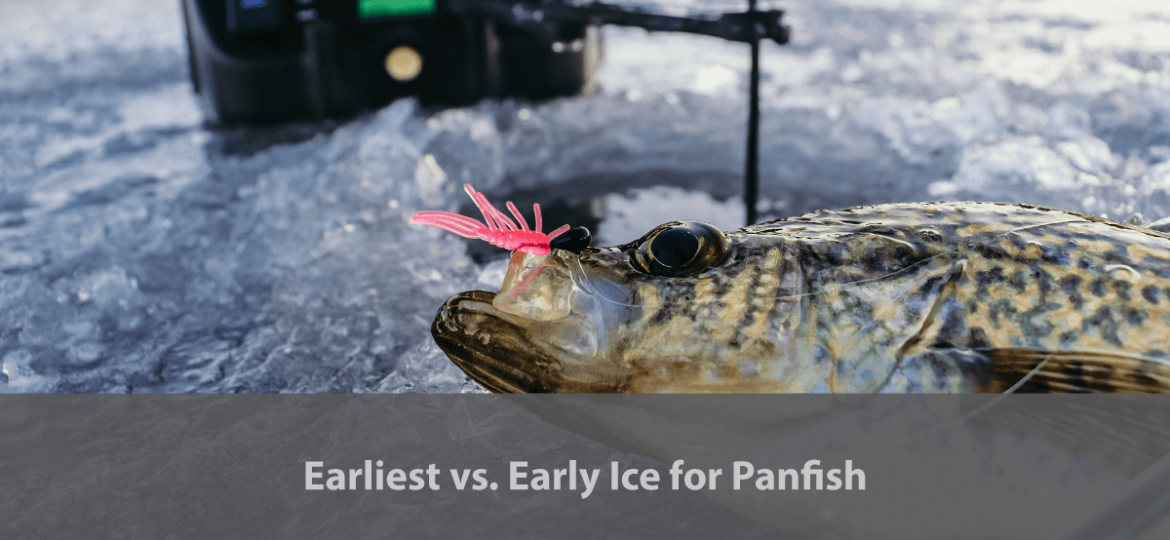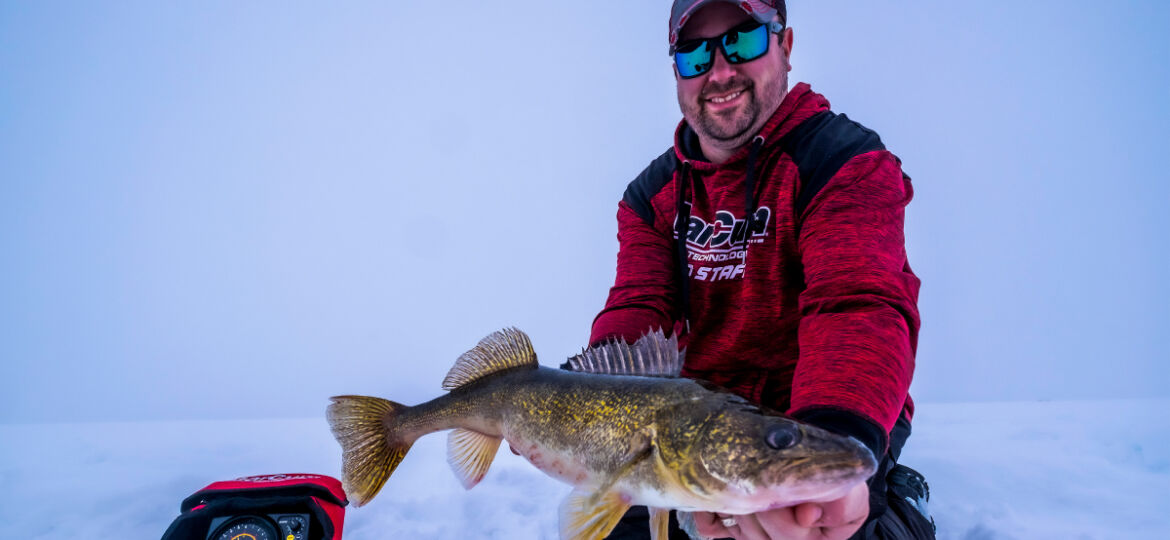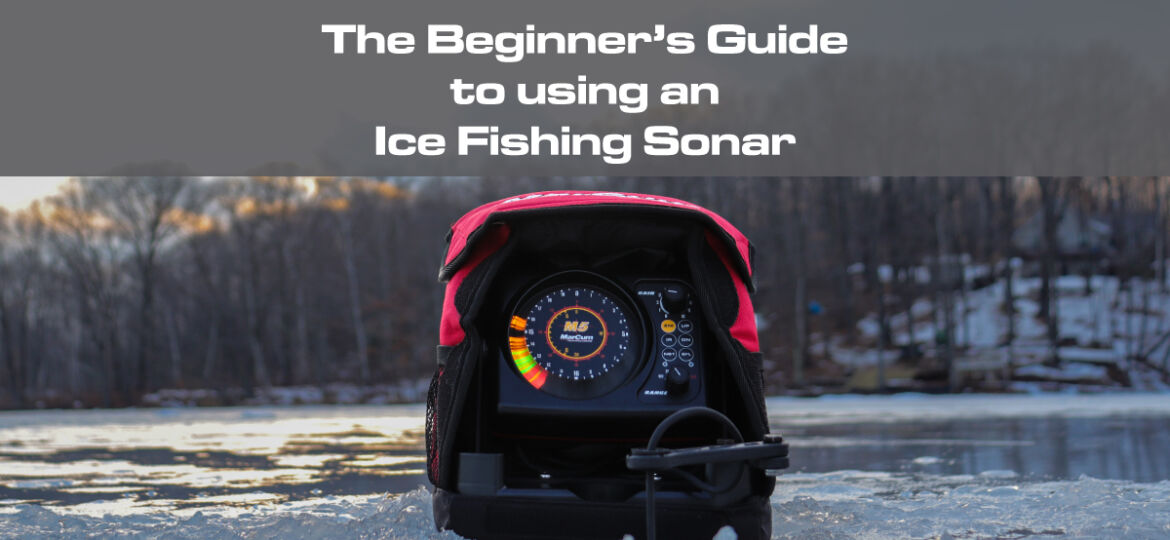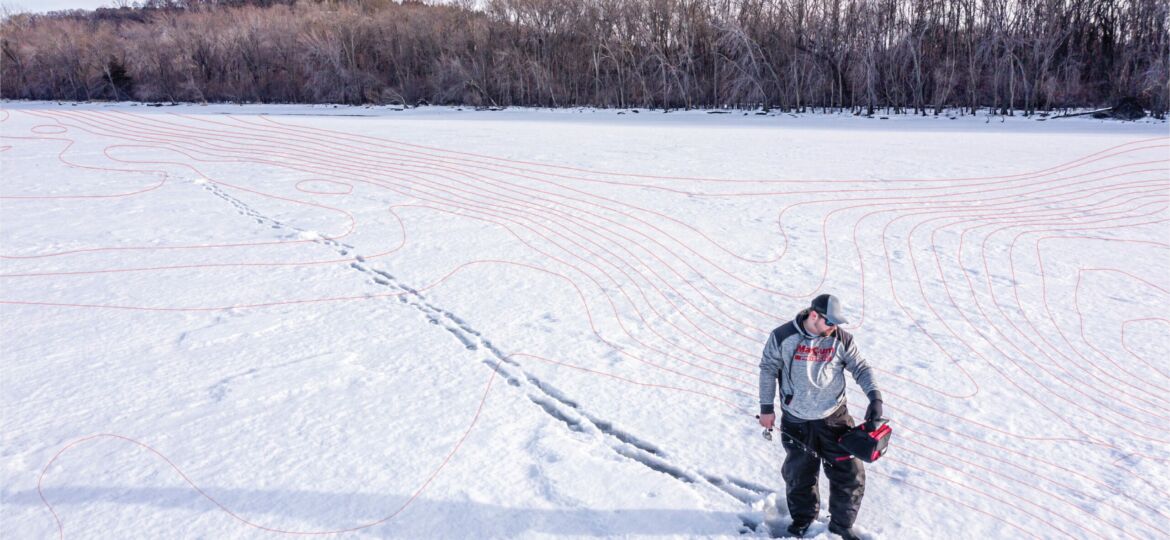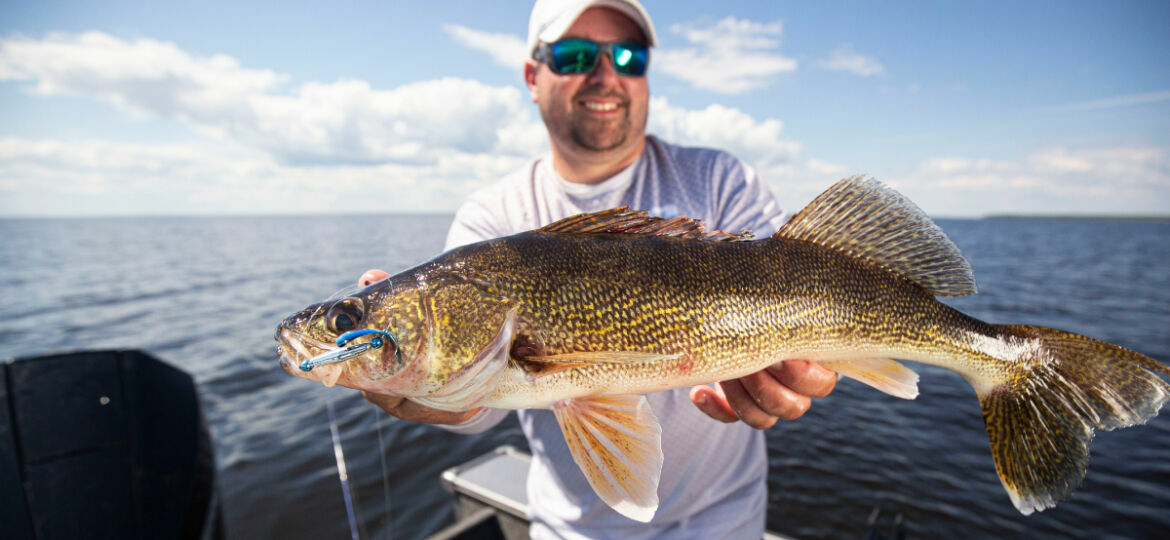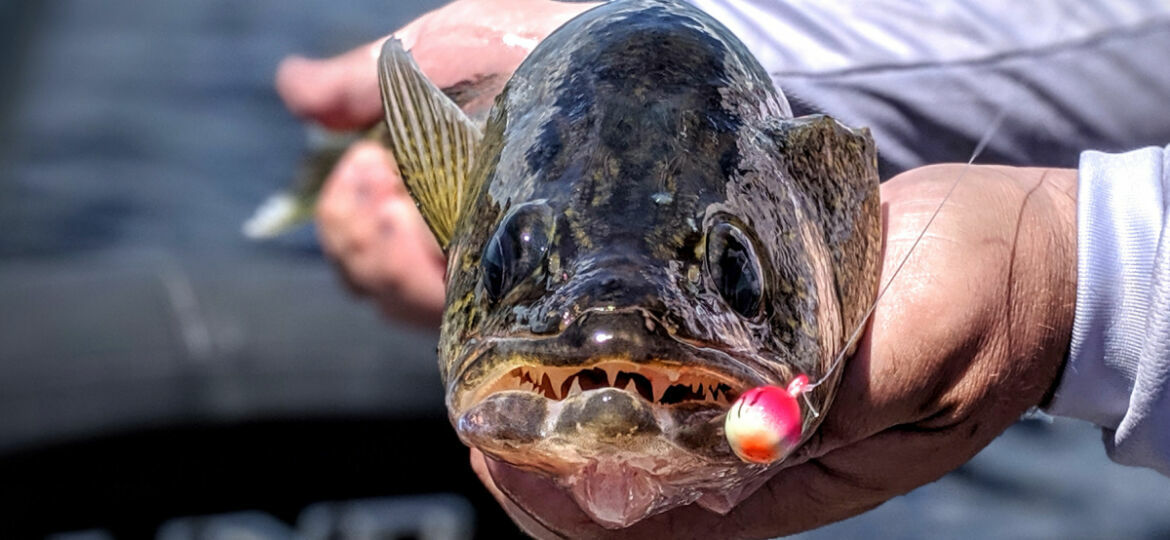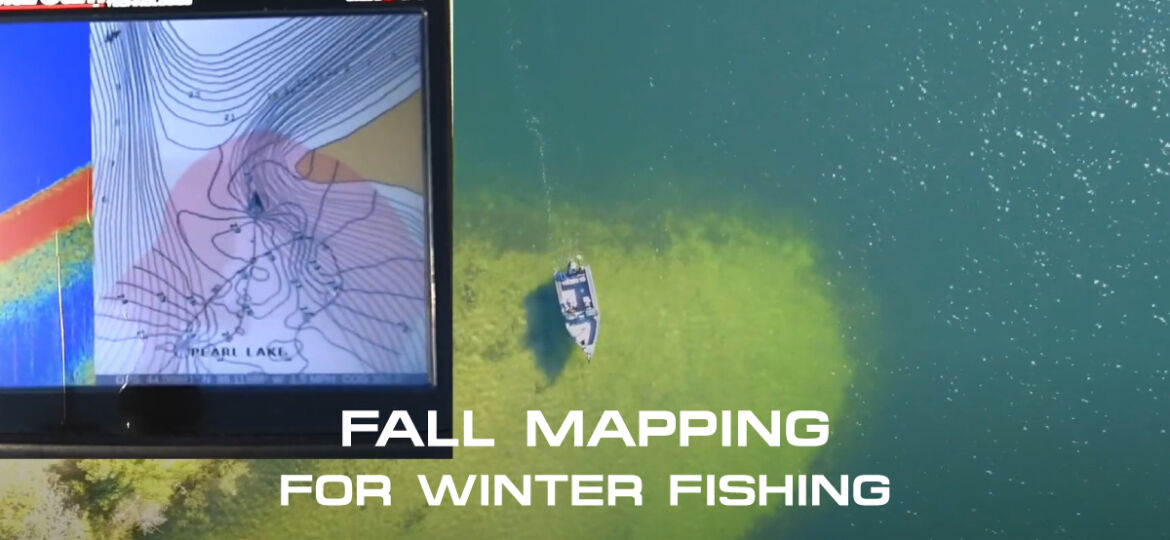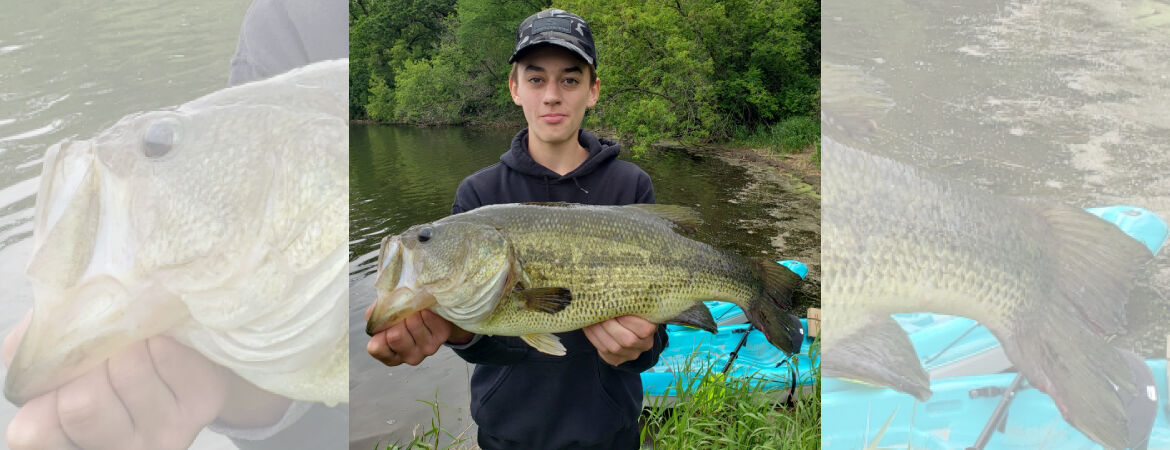Earliest vs. Early Ice for Panfish Deer season is nearly behind most of us, and thoughts of ice fishing get…
We’re nearing the end of walleye season in MN, and things have gotten a bit tougher. Snow is deep and ice is thick(er), and the amount of available light at depth has been cut dramatically. Your early season haunts are likely nowhere near where you are ice fishing now, and at this point, it’s more about just getting bites rather than talking about how many you’re catching.
Every year, a new set of anglers both young and old learn to use ice fishing sonar or flashers for the first time. That said, I encounter many anglers on the hardwater each year that still have their ice sonar depth finder on default factory settings from when they bought the unit 10 years ago. Whether you’re brand new to the game, or it’s old-hat, here are some answers to age old questions along with new ones to keep it interesting and catch more fish.
Many times, these locations are consistent producers during all months, yet others are specifically good for ice and not during the bulk of the open-water period. The latter types include shallow transitions from mud to sand, or sand to rock, as well as small gravel or rock patches marooned again in shallow weeds or non-like surrounding substrates.
Early ice fish push to these places, especially after sundown in clear-water systems. Spots that are no larger than a kitchen table can seem impossible to drill out and find, while they stick out like a sore thumb once you drop the camera needed to discern sand grains from gravel.
Basic sonar technology is a great asset to ice anglers during the summer and fall months, as few things hide from it, even in heavy weed cover or timber. Even if you don’t own this technology, chances are you know someone who does, or better yet, invest in a unit that does both sonar and GPS so your ice spots will transfer to summer and vice versa. Spend time getting to know the system in either case, and make sure to idle at the proper pace to provide the very best image you can.
The dog days of summer and that’s your green light to grab your MarCum flasher or digital system from the garage and give it a once over and top off the battery.
The first step in your pre-season routine should be checking your batteries. Most flasher failures on the ice are caused by a bad battery, so now’s the time to inspect your MarCum’s power source.
“You could be kicking yourself later if you don’t take a minute to check everything out now,” says MarCum Pro-Staffer, Joel Nelson. “Nothing will wreck a good day of fishing faster than a bad battery, because there’s nothing you can do about it out on the ice.”
The dog days of summer and that’s your green light to grab your MarCum flasher or digital system from the garage and give it a once over and top off the battery.
The first step in your pre-season routine should be checking your batteries. Most flasher failures on the ice are caused by a bad battery, so now’s the time to inspect your MarCum’s power source.
“You could be kicking yourself later if you don’t take a minute to check everything out now,” says MarCum Pro-Staffer, Joel Nelson. “Nothing will wreck a good day of fishing faster than a bad battery, because there’s nothing you can do about it out on the ice.”
There’s a lot of ways to catch fish during the lazy summer months, but it’s worth remembering that fish are pretty fat and happy right now. Weedlines are well defined, bait is plentiful in most lakes, and warm water temps mean fish are at peak metabolism. While they need to eat often, it’s not hard to find a great place to get dinner. The menu options are varied as well, so it tends to take most fishing patterns and nullify the amplitude of their effectiveness.
Who doesn’t have boxes of jigs laying around? No matter the species, it could be the most universal, widely copied, and versatile lure of all time. If we’re talking live bait, it’s the best delivery method for meat that I know of. If plastics, well there’s usually a jig involved here too.
Starting with a standard jig-head, you have to think about what you’d like to do with it. If you’re threading on a fathead minnow, a will be the logical choice. The same can’t be said if you’re looking to fish plastics, as plastics fish best with an aggressive wire keeper.
As for other features and color, think about the water clarity you’ll be fishing in. Anything with a blade or propeller adds flash and vibration, which may be a necessary part of the presentation. Big minnows call for a , and suspended fish call for a that rises above a weight on the bottom. So many jigs, so many scenarios, but you need to match the style of jig to the type of fishing you’ll be doing.
Open Water Mapping with the MX-7GPS Fish long enough, and you’ll find spots that border on magic. Sometimes they’re seasonally…
Why is it that some of the most pleasing fishing you can do is also some of the simplest? I’m not stepping on bass-anglers with that comment either, but chuckin’ baits up near shore and dragging them back right now will get you bit on most of the weed-choked shallow systems that I fish this time of year. The fishing is that good. As a kid, I grew up bass fishing.
For a southern MN boy, they were the most attainable of the “big” fish. Walleyes lived up-north, you needed a float-plane to fish for pike, and sunfish were for “kids.”
From age 10 up and through my teenage years while I most often fished for those largemouths, I was far from a kid. Catching bass back then, esp. big ones, made your chest puff out a bit.


